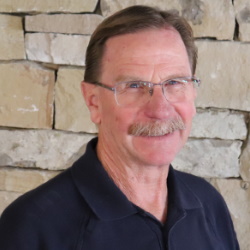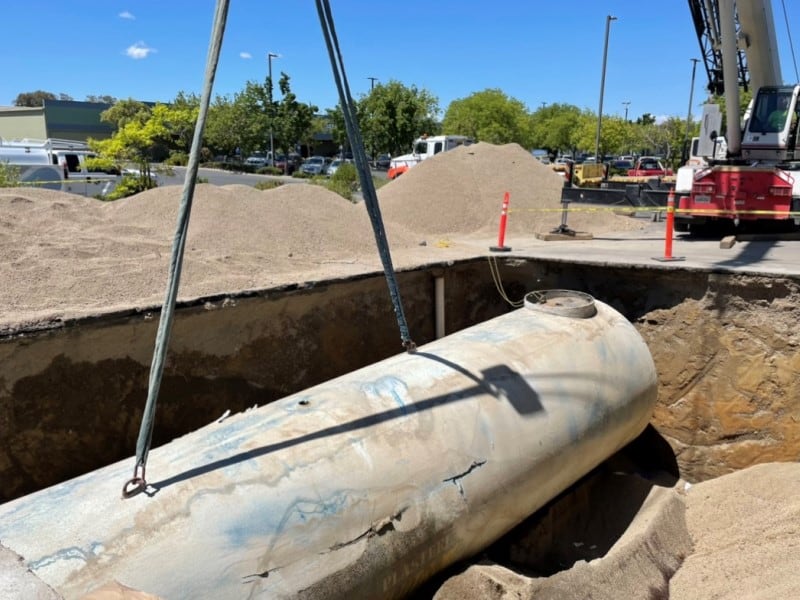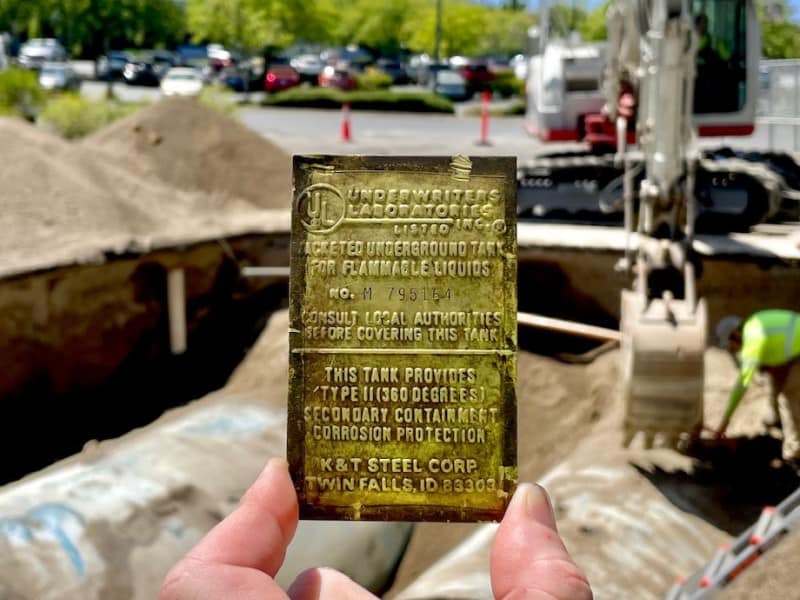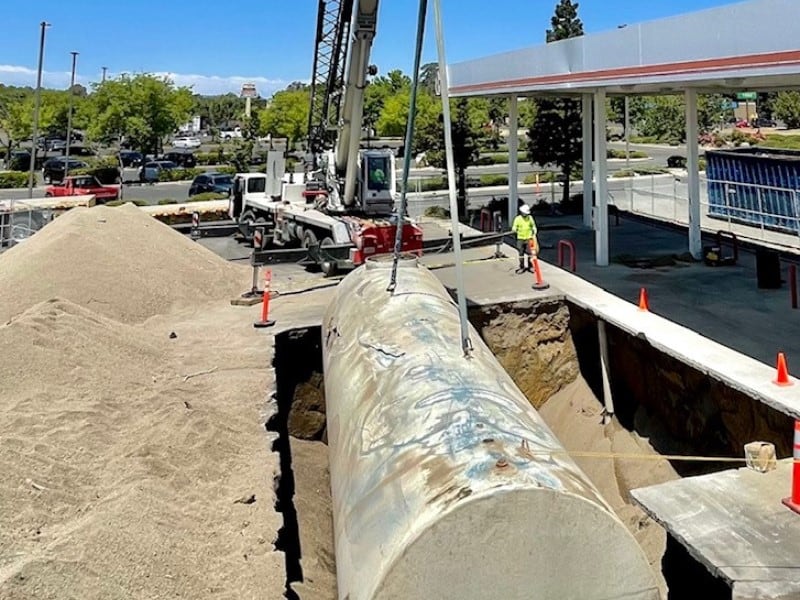Project Profile: United Pacific #5422 Tank Closure
Marysville, California
United Pacific (UP) asked CGRS’ California Compliance & Construction team to close the book on an approximately 21-year-old system at a self-serve fuel island in Marysville, California, when it failed its annual SB-989 secondary containment testing.
The CGRS team discovered multiple deficiencies when testing the system in June 2020 and followed up two months later, using helium and the CGRS iota® Enhanced Leak Detection (ELD) system to hone in on the leaks. The team narrowed the secondary containment leak to the lining of the steel compartments of the 16,000-gallon split-product underground storage tank (UST) and the 87 unleaded product fuel line with flex pipe.
As UP officials were undecided as to what to do with the site – repair the tank lining and product lines, replace the fuel system or close the site permanently – CGRS placed it in temporary tank closure in November. CGRS received the go ahead to put the site into full closure and prepare to remove the system earlier this year.
Call a CGRS Expert:
800.288.2657

Matt Thomas
California Sales and Business Development Manager
Mobile: 626.627.8316
After obtaining the necessary permits, CGRS proceeded with pulling the tanks and removing the fuel system in May. The scope of work included:
- Removing two 16,000-pound, fiberglass-coated steel USTs: a 20,000-gallon UST containing unleaded gasoline, and one 16,000-gallon split-product UST containing 91 unleaded gasoline and diesel; the tanks were trucked about 130 miles away to a facility in Oakland, where they were cut up and recycled
- Removing and cleaning all existing fueling equipment, including about 450 feet of product line, vent lines, vapor return lines, four dispensers and their under-dispenser containments (UDCs), before disposing of it
- Sampling the soil in the tank basin, including every 10 feet along the piping system and 2 feet below each dispenser, and the water used to clean the tanks, system equipment and piping for evidence of product release
- Disposing of fueling equipment in a landfill once it was determined it was free of contamination
- Backfilling the tank basis, which measured about 40 feet wide by 50 feet by 16-18 feet (deep)
The only challenge was a few days’ delay in the arrival of backfill gravel and base rock for the tank basin, a common issue given how bogged down the national supply chain is. The team was able to reuse the material it dug up from the site but still needed another 10 to 12 loads of gravel/base rock to fill it up. Including the delay, the team completed the project in seven days.





